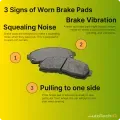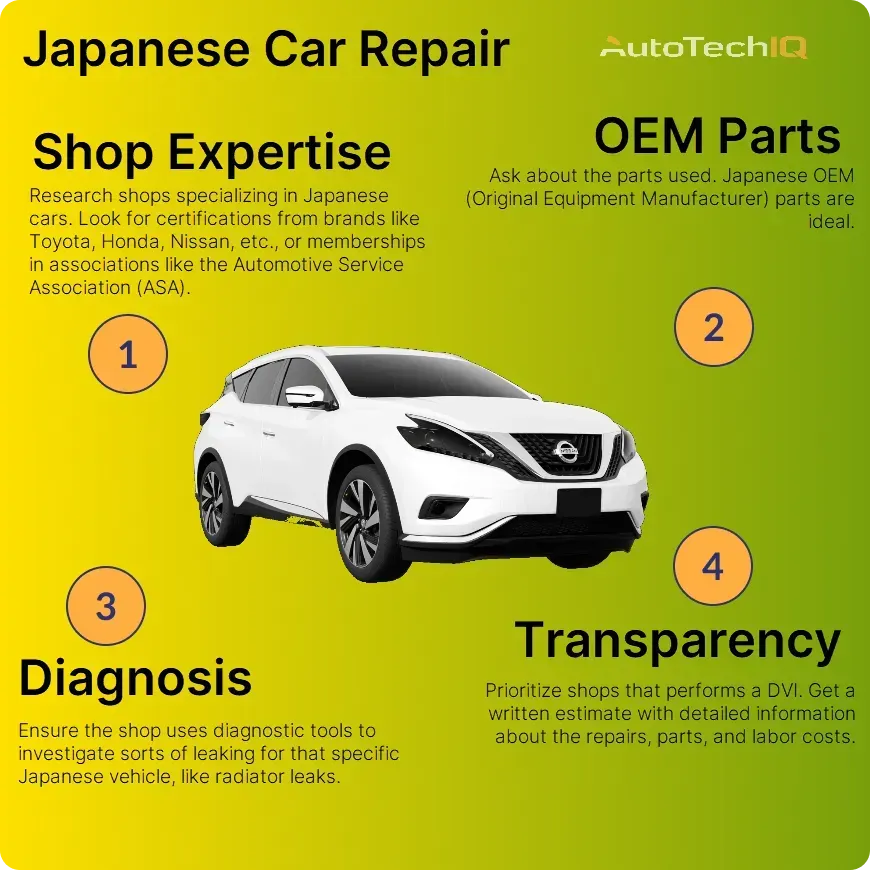
Getting a Japanese car repaired can be just like any other car repair, but there are a few specific things to keep in mind:
Before the repair
Shop expertise: Research shops specializing in Japanese cars. Look for certifications from brands like Toyota, Honda, Nissan, etc., or memberships in associations like the Automotive Service Association (ASA). Also, consider talking with the mechanic about their personal experience with your vehicle's make.
Diagnosis: Ensure the shop uses diagnostic tools to investigate sorts of leaking, like radiator leaks. Avoid generic scans that might miss crucial information.

Parts: Ask about the parts used. OEM (Original Equipment Manufacturer) parts are ideal but can be expensive. Consider high-quality aftermarket parts with warranties. Be wary of used parts unless they come from a reputable source and are compatible. Look exclusively for genuine parts; they often feature a reasonable price if you consider the long-term benefits.
Transparency: Get a written estimate with detailed information about the repairs, parts, and labor costs. Ask questions and clarify any doubts before agreeing.
During the Japanese car repair
Communication: Stay informed about the progress and any unexpected issues. Reputable shops will proactively communicate progress ranging from a simple oil change to a full transmission repair. They'll obtain your approval for additional repairs before getting your vehicle fixed.
Quality control: Inquire about the shop's quality control and safety procedures. Some shops offer multi-point inspections or test drives after repairs. They also ensure proper processes by using top-measuring tools. Like measuring rotors to figure out why the car shakes while braking.
So, check their use of proper tools to perform simple tasks like oil changes to complex wheel alignment services. Peak performance shops that deliver quality work are careful in any type of service.

After the auto repair
Warranty: The shop should ensure customers the repairs come with a warranty covering parts and labor for a reasonable period.
Test drive: Take your car for a test drive to ensure everything is functioning properly. Don't hesitate to bring it back if you notice any issues.
Records: Keep all invoices, receipts, and warranty documents for future reference.
Additional tips for Japanese auto
Specific needs: Some Japanese cars have unique maintenance requirements or specific parts. Inform the shop about your car's model and any known issues. Shops familiar with the year, make, and model will make recommendations for service based on OEM (Original Equipment Manufacturer) maintenance and their previous experience, plus a condition-based inspection. Their experience and condition-based inspection are key to safe, comfortable, and dependable vehicles. Some shops also use a Digital Vehicle Inspection (DVI) to manage and facilitate a vehicle service.
Online resources: Utilize online forums and communities dedicated to your car model. You might find valuable insights and recommendations for repair shops and parts. For instance, you could use Google and search for the symptoms your specific vehicle model is showing.
Remember, choosing the right shop and being informed can ensure your Japanese car receives quality repairs that maintain its performance and value.
Are Japanese vehicles low maintenance?
Japanese cars have a reputation for being low maintenance. Here's why:
Reasons for lower maintenance
-
Quality and reliability: Japanese manufacturers prioritize long-lasting components and rigorous testing during production. This leads to fewer breakdowns and repairs.
-
Simpler designs: Many Japanese cars focus on functionality and practicality, avoiding overly complex or performance-oriented features that can be more prone to issues.
-
Regularly scheduled maintenance: Recommended maintenance intervals tend to be longer for Japanese cars, even for simple replacements like brake pads and brake rotor maintenance to avoid brake grinding.

-
Parts availability and affordability: Finding replacement parts for popular Japanese models is generally easier and cheaper than for less common cars.
However, it's important to remember
-
Not all Japanese cars are equal: Different models and brands within the Japanese market can vary in terms of maintenance needs. For instance, Hondas have a specific repair schedule compared to Toyotas.
-
Maintenance is still necessary: No car is entirely maintenance-free. Sticking to scheduled services, using quality parts, and addressing issues promptly are crucial for any car's longevity.
-
Driving habits and conditions matter: Frequent short trips, harsh environments, or overloading your car can increase wear and tear.
Resources to assess Japanese car maintenance
-
Consumer Reports: Offers reliability ratings and maintenance cost information for various car models.
-
J.D. Power: Provides dependability studies and owner satisfaction surveys.
-
Manufacturer websites: Often include maintenance schedules and recommended service intervals for their car models.
How many miles do Japanese cars last?
The lifespan of a Japanese car, measured in miles, varies greatly depending on several factors, including:
Specific model and year
Different models within a brand and even different years of the same model can have varying levels of reliability and durability. Some Honda models, for example, consistently rank high in reliability surveys, while others might have known issues that affect their lifespan.
Maintenance history
Following the manufacturer's recommended service schedule and using quality parts will significantly extend the life of your Japanese car. As with any vehicle, parts will wear out and need replacement. That's the case with spark plugs, for example, which can leave your engine sputtering if not regularly replaced.

Driving conditions
Stop-and-go traffic, harsh weather, and overloading your car can all contribute to faster wear and tear, reducing its lifespan. Conversely, highway driving and mild climates can favor longer life.
Individual car care
How you treat your car also matters. Avoiding aggressive driving, warming up the engine before hard driving, and promptly addressing any issues can all contribute to a longer lifespan.
With these factors in mind, here's a general overview:
-
Average: The average lifespan of a car in the US is around 12 years or 150,000 miles. Japanese cars like Hondas often exceed this average, with many models lasting well over 200,000 miles with proper care.
-
High achievers: Some Japanese models consistently rank among the most reliable and longest-lasting, reaching 300,000 miles or more with proper care. Examples include the Toyota Camry, Honda Accord, and Lexus RX.
-
Exceptions: Not all Japanese cars are created equal. Some models might have specific design flaws or known issues that can impact their lifespan.
Here are some resources to help you estimate the lifespan of a specific Japanese car model:
-
Consumer Reports: Provides reliability ratings and expected lifespan information for various car models.
-
J.D. Power: Offers dependability studies and owner satisfaction surveys that can indicate expected lifespan.
-
Online forums and communities dedicated to your car model: Owners often share their experiences and the mileage they achieved with their specific car.
Remember, these are just estimates.
Are JDM cars hard to work on?
JDM stands for Japanese Domestic Market. It to cars that are designed, manufactured, and sold specifically for the Japanese market. Whether JDM cars are hard to work on depends on several factors, including:
Your experience and skills: If you're a seasoned mechanic comfortable with various vehicle types, you might find working on a JDM car similar to other imports or domestic models. However, if you're a beginner, specific aspects of JDM cars could present challenges. So, try and get familiar with the repair aspects of Japanese cars like Hondas, Mitsubishi, etc.
The specific car model: Some JDM cars are known for their simpler designs, making them easier to work on, while others, especially high-performance models, might have more complex layouts and require specialized tools or knowledge.
Availability of resources: Finding repair manuals, parts, and forums specific to your JDM car might be more challenging compared to common domestic models. However, online communities and enthusiast forums can be valuable resources.
Other news
-
Car is Squealing When Driving
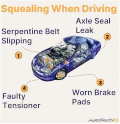
-
What is Preventative Maintenance and What Are The Benefits of it?

-
JobViewIQ - DVI Process Training - Part of the Auto Care Alliance Benefits

-
7 Signs of Clogged AC Components
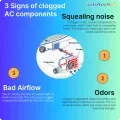
-
How Much Does a Transmission Fluid Change Cost?

-
7 Signs of a Leaking Axle Seal
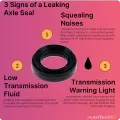
-
8 Signs of a Bad Brake Pad
